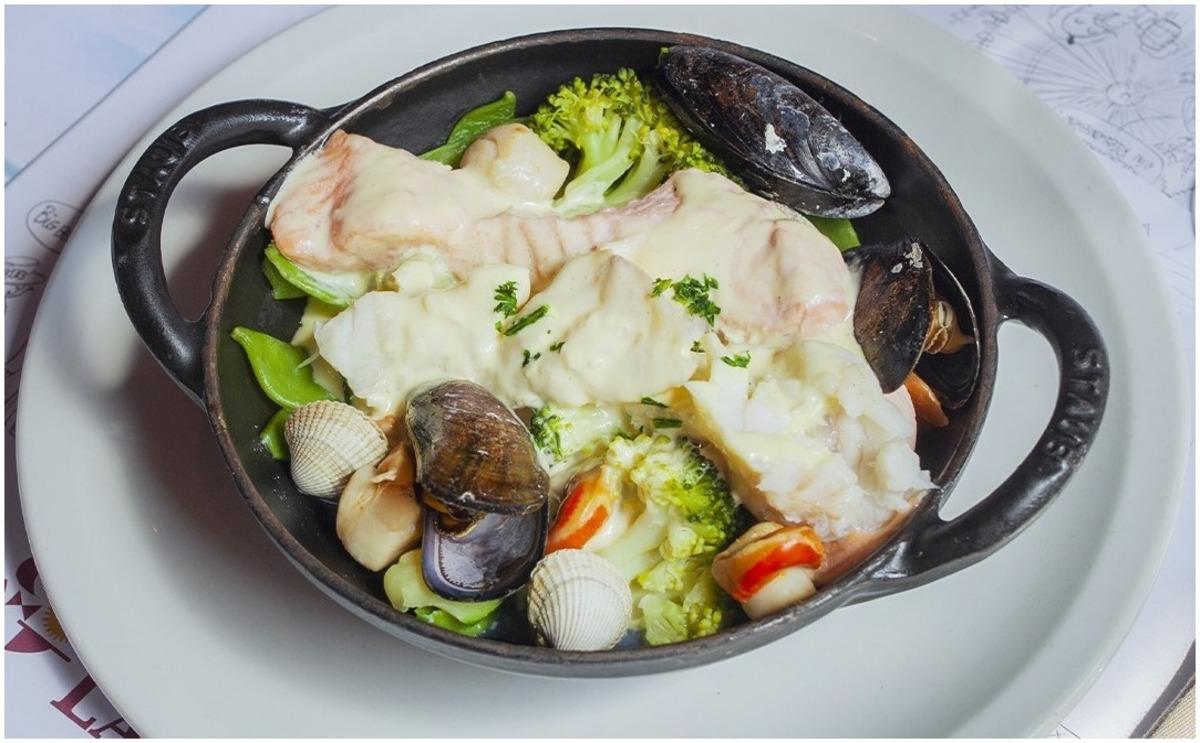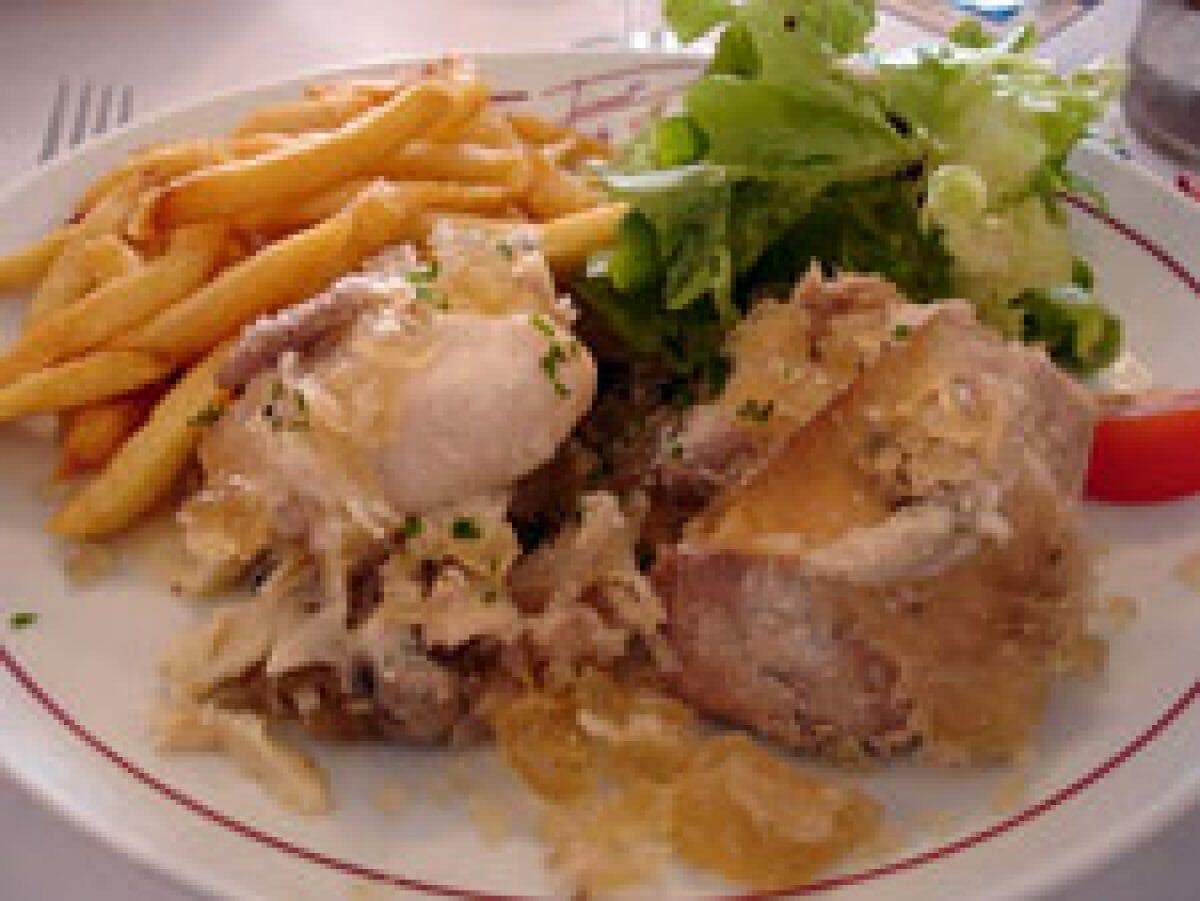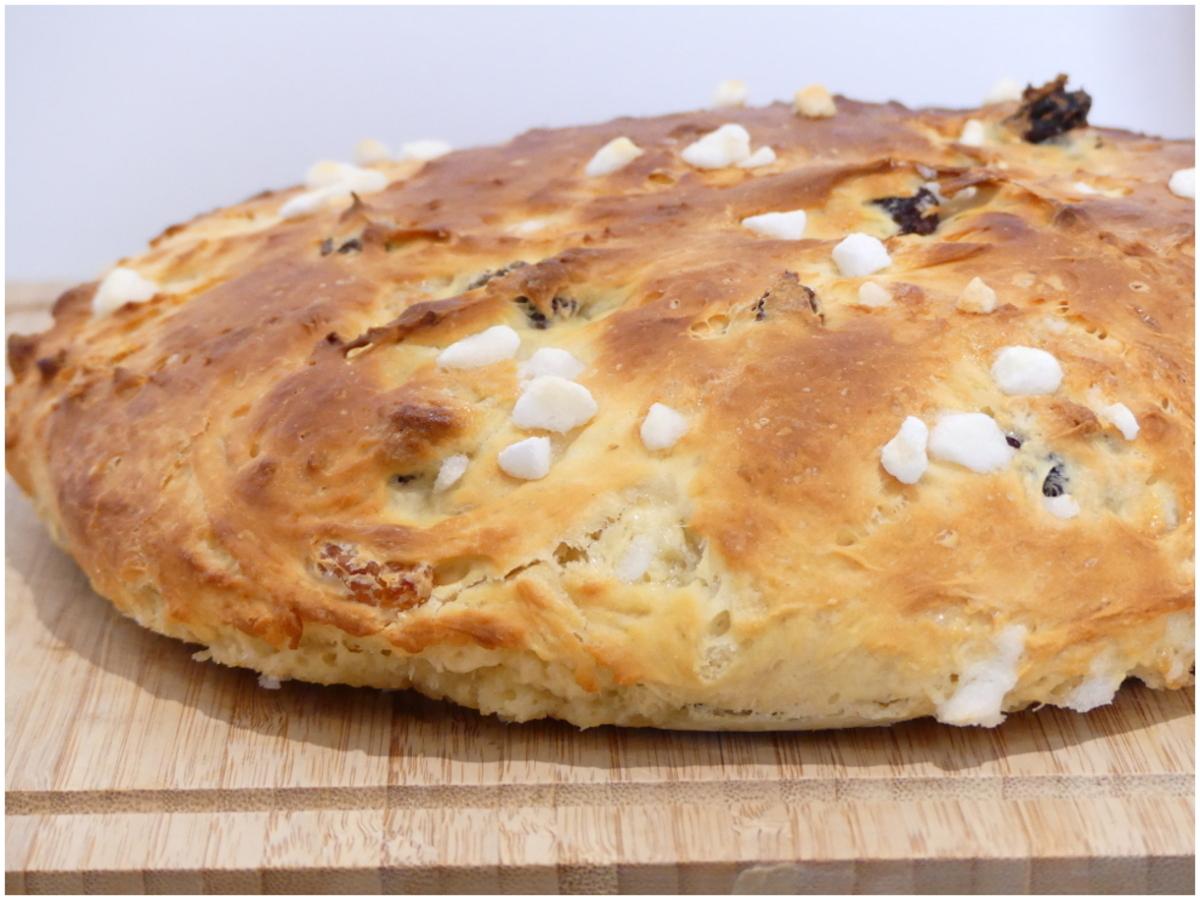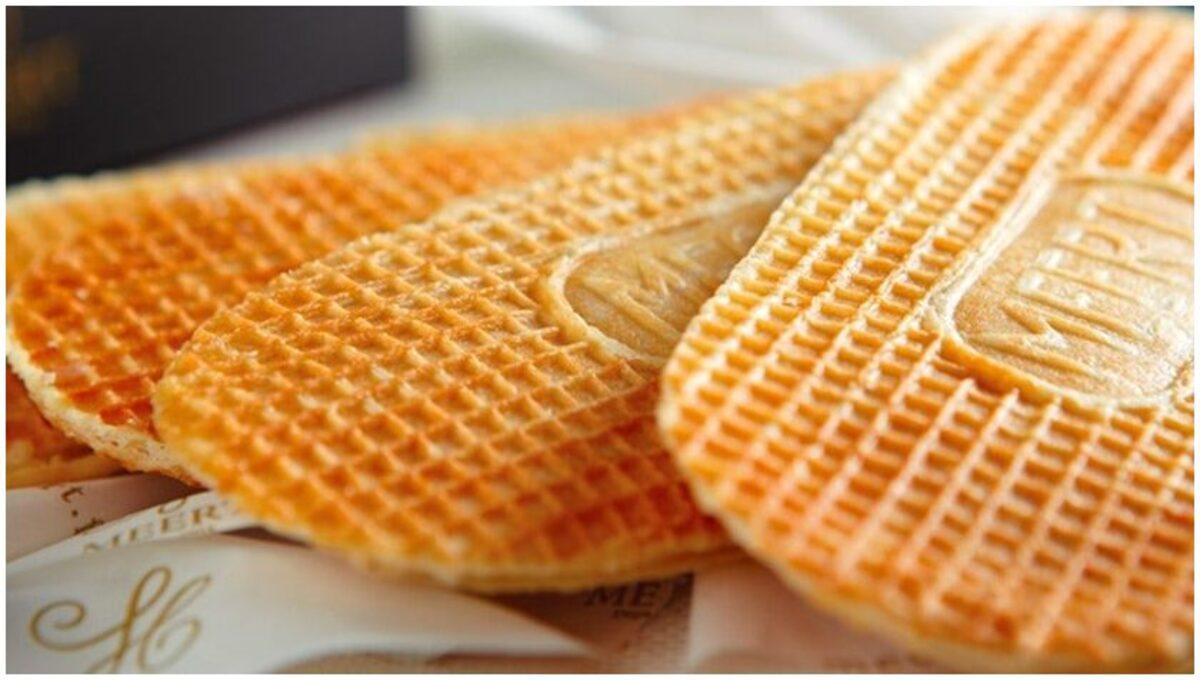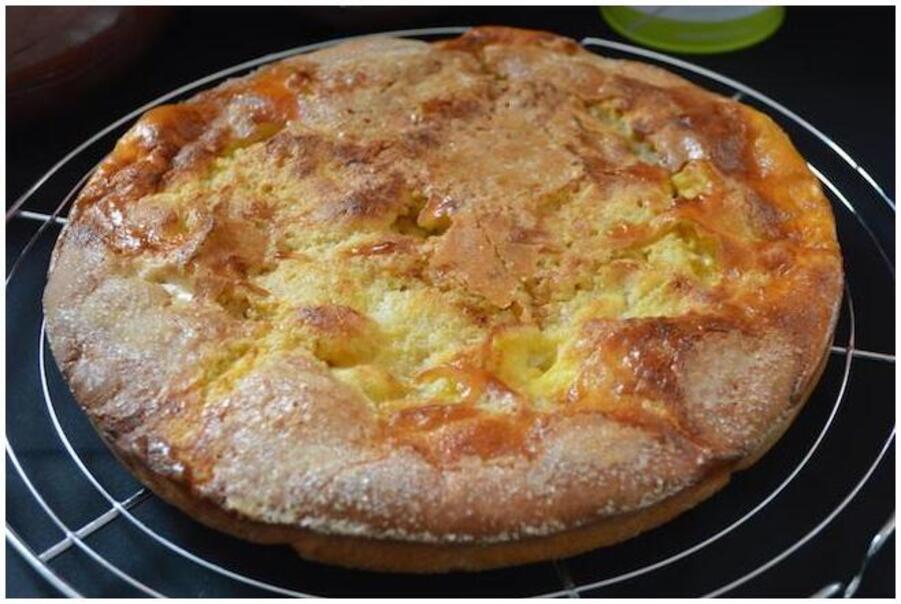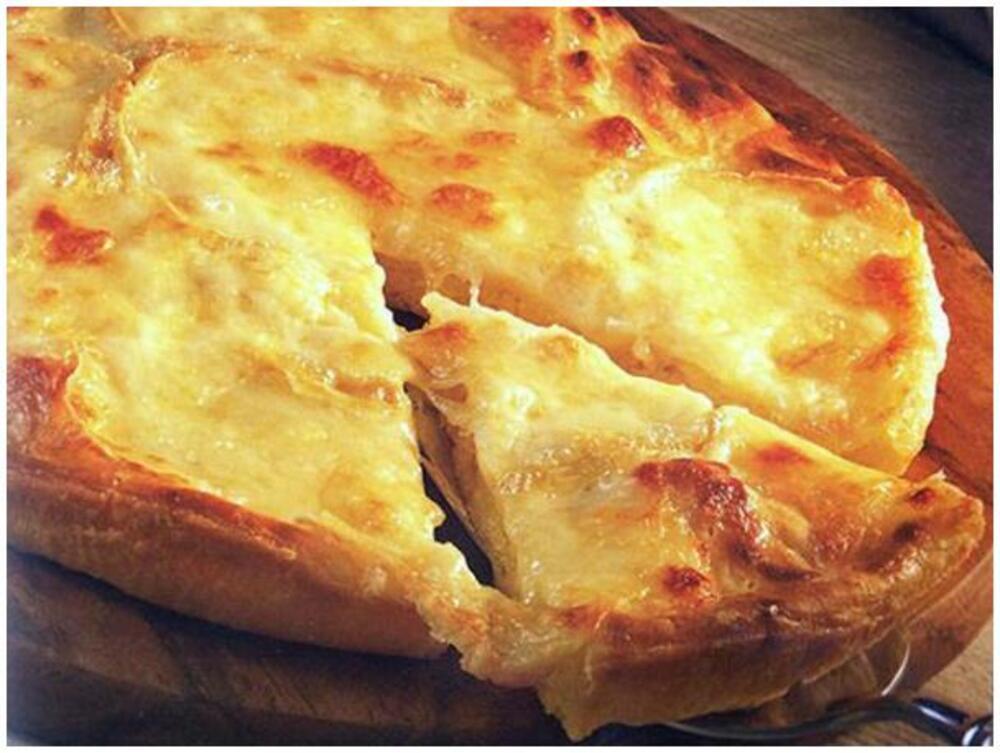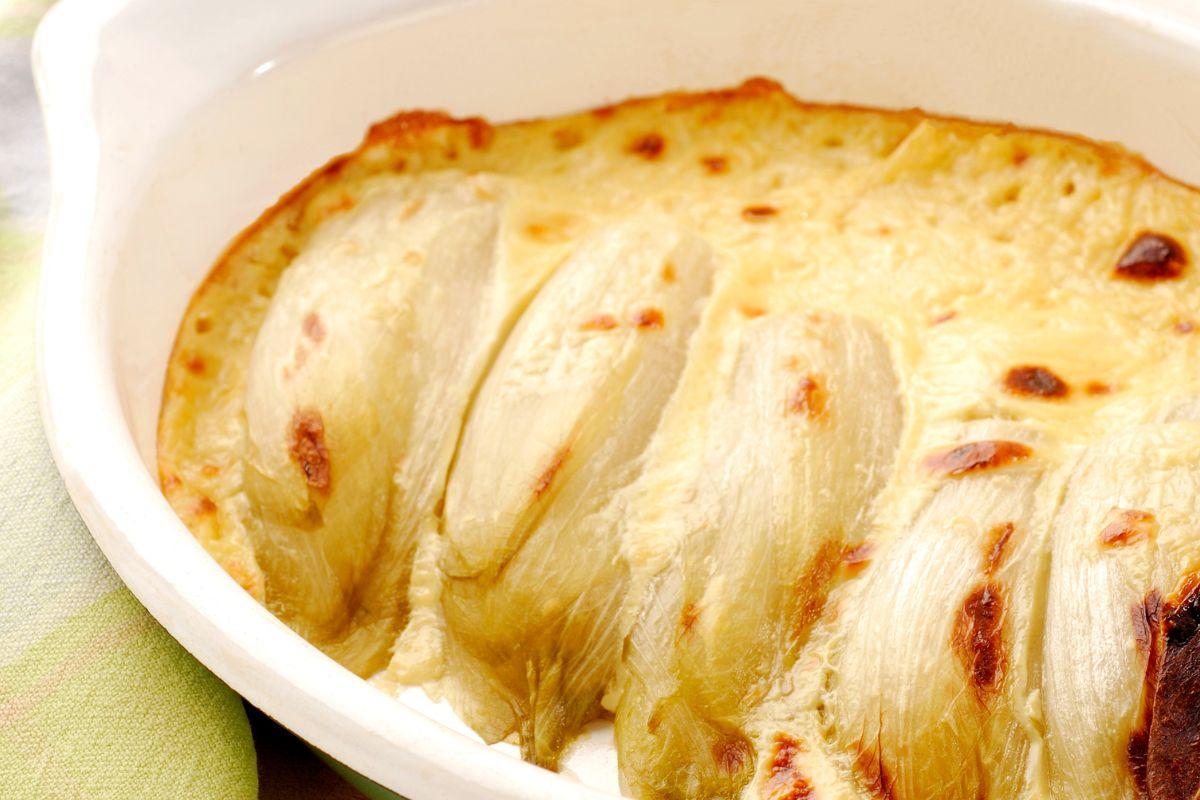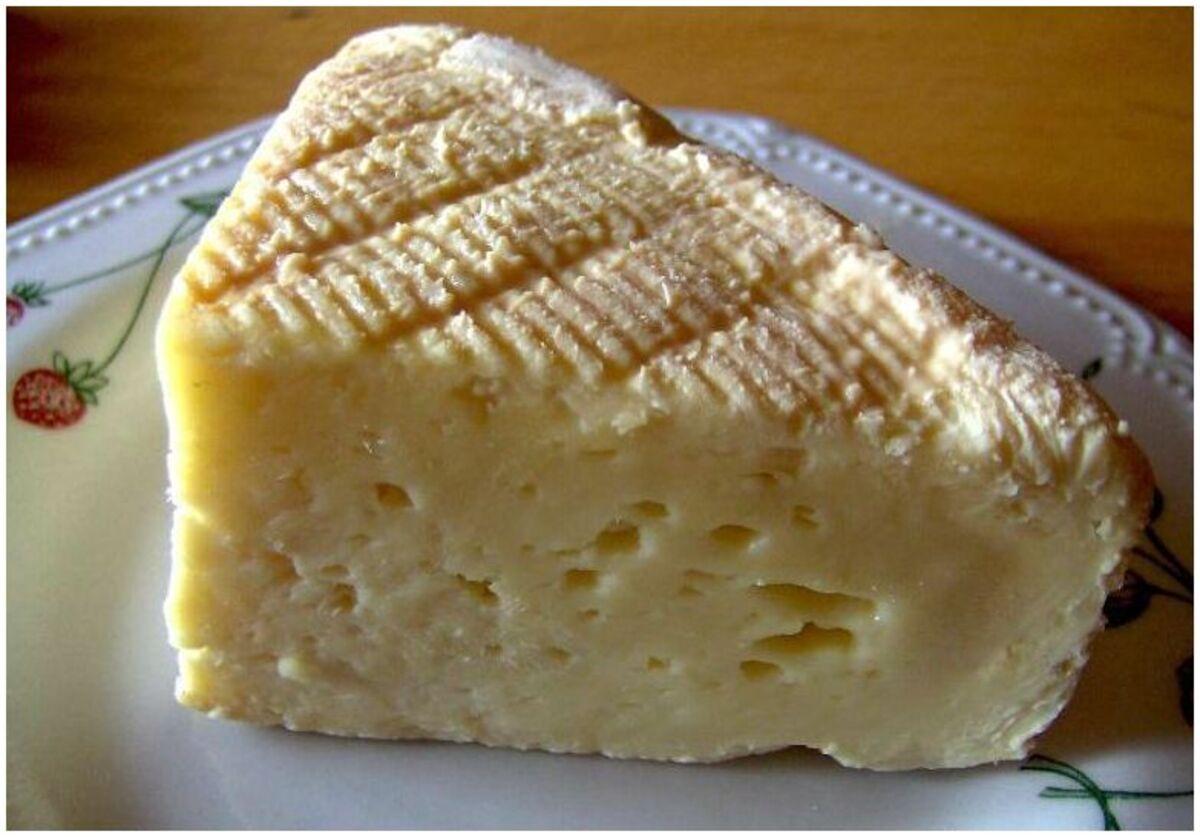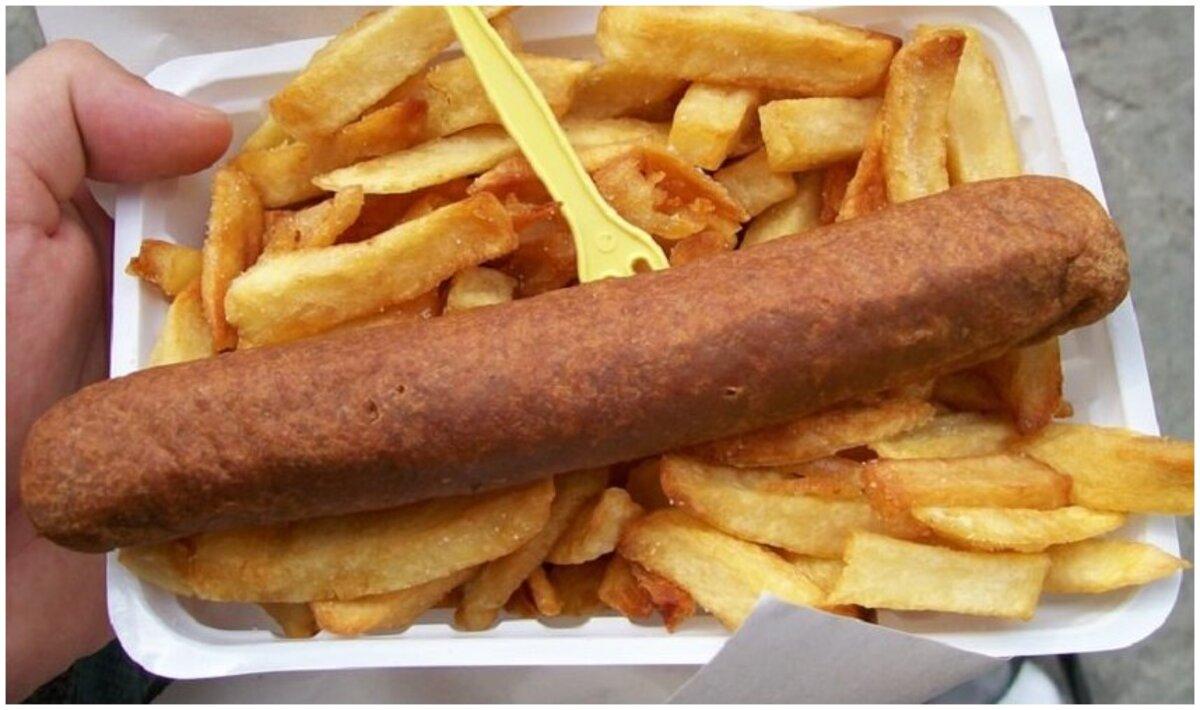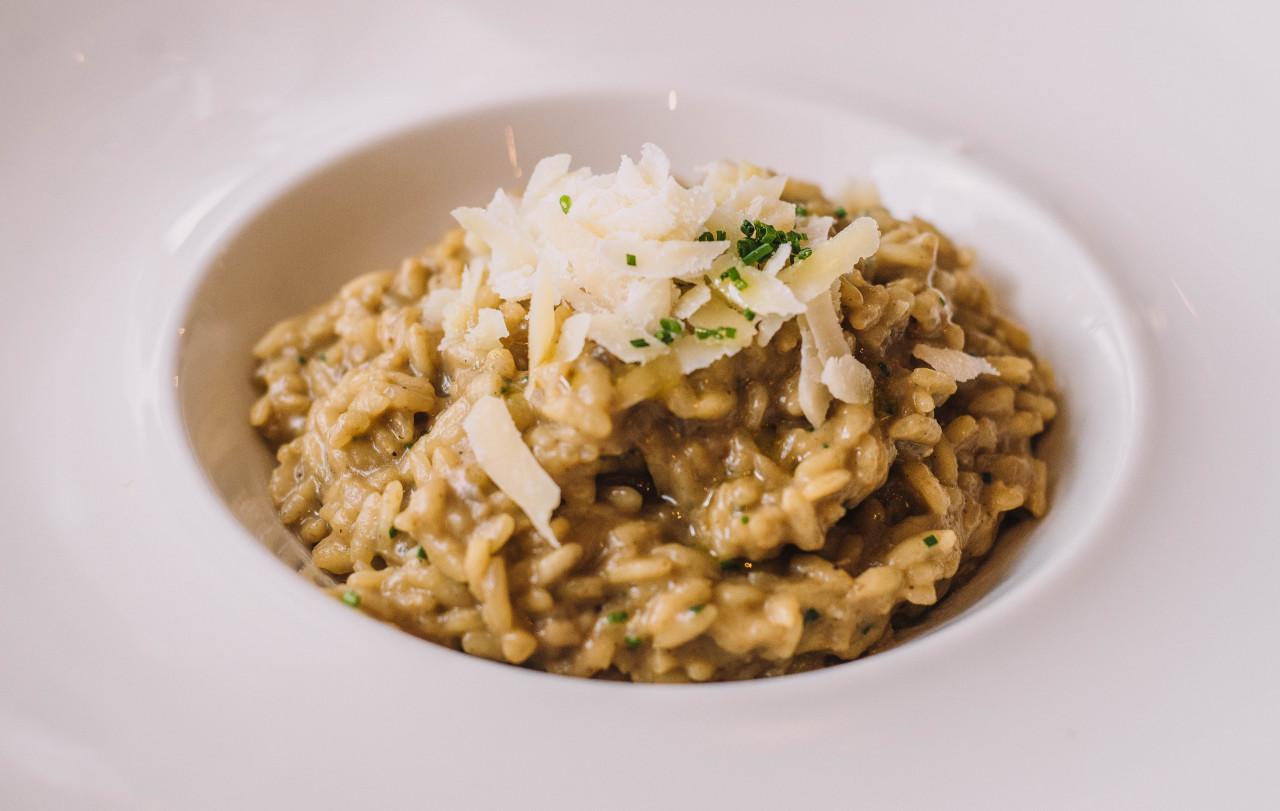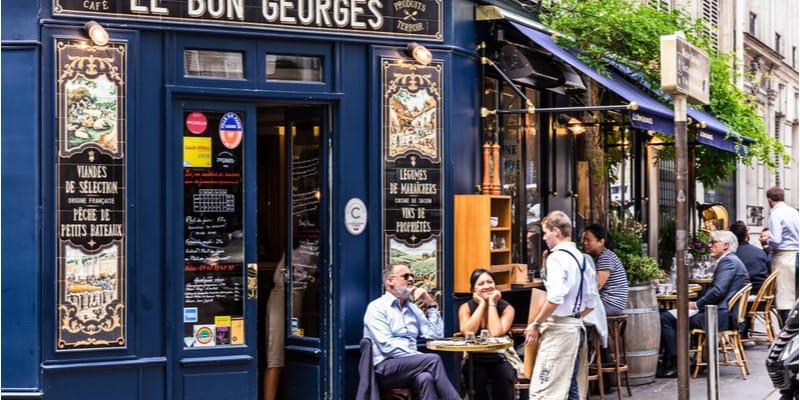In Lille, gastronomy is synonymous with pleasure, tradition, quality, creativity and generosity!
Sharing a meal is about being together, bringing conviviality and a social link to life, and is also an opportunity to showcase local produce.
Lille is famous for its cuisine, and its specialities are made from natural ingredients such as trout, potatoes and cream, dishes prepared centuries ago.
Being situated at a crossroads between Flanders and Burgundy, Lille has adopted many culinary traditions.
Lille's gastronomy, bringing friends and family together to enjoy the art of eating and drinking the various regional tastes and flavours, is deeply rooted in their cultural identity.
In Lille, chefs carefully study the old Flemish recipes and enrich them with original notes to cook up true culinary masterpieces.
Try the Flemish carbonade
One of the most interesting and popular national dishes is Flemish carbonade.
It is made from the tenderest beef, which is simmered in beer for several hours.
Carbonade is a Lille dish that has been around since the 19th century. Its appearance may be humbly reminiscent of the famous boeuf bourguignon, but the reality of this Lille speciality is very different.
The word 'carbonade' comes from the word 'charbon' (coal), because historically, the meat was simmered for a long time over coals by the fire.
The beef may be accompanied by pork or horsemeat simmered in bière brune du Nord and pieces of gingerbread.
To bring out the flavours, onion quarters are added and the galette is drizzled with vergeoise or Liège syrup. It can take hours, even days, of cooking to get pieces of meat that melt at the first touch of a fork.
In honour of their region, the Flemish carbonade is of course served with chips prepared in beef fat and topped with a creamy sauce from the typical Lille recipe.
Mussels and chips
The cuisine of Lille France is a blend of the traditional and the modern.
Mussels and chips are the speciality of the Nord region, and they're particularly popular during the traditional Braderie de Lille.
We love them with white wine, Roquefort, Maroilles or Catalan.
In short, we eat them with all kinds of sauces and wash it all down with a good beer.
Mussels and chips are considered to be the main festive dishes.
Fried mussels are considered the most important festive treat.
It is the signature dish of the Lille braderie.
Taste the Welsh
Welsh is a speciality of Lille, France, and has been for centuries! This generous dish is particularly popular with the locals, especially in winter. Welsh not only has a reputation for being extremely tasty, it is also a flagship dish in the local gastronomy.
The recipe actually originated in Wales, during Henry VIII's English siege of Boulogne-sur-Mer in 1544. With the assault lasting longer than expected, the English soldiers were running out of food. With no rabbit to spare, one of the members of the garrison came up with the idea of using the last of the ingredients to make a hearty dish.
He melted some cheddar cheese in beer and poured it over a slice of bread.
Thus was born this delicious snack, which has since become an emblematic dish of Lille!
The Waterzooi
Lille is a city renowned for its gastronomy and the culinary delights that have been created here over the centuries. One of its most famous dishes is Waterzoï. A fillet of fish or poultry is simmered in a special cream sauce and garnished with finely chopped vegetables.
The word means "boiling water" in Dutch. This dish originated in Ghent, Belgium. The original recipe consists of poultry simmered for a long time in water with a generous amount of julienned vegetables; a roux made from the stock, topped with lemon and cream, crowns the dish just before serving.
Au Vieux de la Vieille, a typical estaminet in Lille's old town, serves up some very tasty dishes in a typical and very welcoming setting. Guardianship and booking essential!
Potjevleesch
Potjevleesch, which translates as " meat in a pot ", is a terrine with an age-old recipe from the Nord-Pas-de-Calais region. This traditional dish originated in the Westhoek in the Middle Ages and was considered a luxury dish that was only served on the occasion of major annual festivals. In the 14th century, the maîtres queux of several French kings came up with the idea of creating a culinary preparation based on different types of meat. Rabbit, veal, pork and chicken were local products that most beggars could not afford. To form the texture of this terrine, the meats were marinated in an aromatic vinaigrette before being covered with a juniper berry broth to form a jelly. This vinaigrette was used to add flavour and to protect the meat, which could then be preserved for longer. Nowadays, Potjevleesch is usually served cold, but with chips to melt the jelly and make a sweet and sour sauce that goes perfectly with the beer from the North - even less so if you're having it as an aperitif!
Maroilles
Maroilles is a soft cheese made from cow's milk and available in four sizes, with an orange-red rind. It has been made in the Nord-Pas-de-Calais region of France since the 10th century and must mature for at least 35 days. Unlike most other cheeses, it comes in a square shape and when fully matured develops an intense, pungent aroma with a flavour reminiscent of smoked bacon, a nutty, mushroomy taste and a soft, fatty texture. As it is a strong cheese, serve it with a red wine, light beer or French cider.
Cramique
The cramique is a type of Belgian breakfast brioche found in the north of France and served as a side dish with butter and accompanied by coffee and tea. Whatever hearty breakfast you choose to enjoy, you'll often find it served with a delicious brioche bun on the side, and often that brioche bun is cramique. Sometimes cramique is even served on its own as a light meal or snack.
Traditional cramique is baked with sultanas, but many restaurants and bakeries offer variations with things like nuts and cooked spices for extra flavour. Whether you like it sweet or savoury, cramique is a popular bread served in almost every restaurant and found in most of Lille's bakeries.
The marvellous
If you're looking for a truly out-of-the-ordinary cake, look no further than the Merveilleux!
Originating in Belgium, this cake is made up of two meringues welded together by a thick layer of whipped cream, topped with a cherry and surrounded by chocolate shavings. The cake can be covered with ganache and the cherry replaced by any other fruit.
At 'Les Merveilleux de Fred', you'll find some of the best cakes around. Their cakes are even made to order, according to your tastes!
And if you want to see how they do it, they have an open window so you can watch them make these wonders before your very eyes!
Lille waffles
You may have already heard of Lille waffles, but did you know that they have a history dating back to the Middle Ages? That's right: these delicious sweets were originally formed into cones and sealed between two irons before being rolled into cones. It wasn't until the 17th century that the first waffle recipe was created using leavened dough, which made them thicker and allowed them to be filled. The dough was then brioche-coated and topped with vanilla butter or vergeoise, which offered irresistible notes to the palate.Today, this delicious treat has still been made in the same way since 1849, when the Meert patisserie opened. It is one of Meert's signature sweets, thanks to its unique recipe and distinctive flavours: pistachio and morello cherry; speculoos; praline puffed rice with chestnuts; lemon or raspberry with citrus fruit...
Sugar tart
The sugar tart is a sweet Lille dessert with a hint of caramel. It's a great classic from the north of France. The tarte au sucre was born out of a simple desire to offer something other than the traditional flamiche, a pastry version of the Maroilles cheese tart.
A delight for lovers of both sweet and savoury flavours!
Flamiche with Maroilles
The Maroilles tart is a speciality of Lille and the surrounding region.
The culinary preparation involves assembling a puff pastry with a mixture containing thick crème fraîche, milk, eggs and generous pieces of Maroilles. The traditional recipe is part of the local gastronomic heritage, although several variations exist. After baking for half an hour in a very hot oven, the tart can be enjoyed while still warm or just lukewarm to discover all the flavours of the famous cheese.
Chicory au gratin
Chicons-Gratin is a Flemish dish that combines chicory, or Belgian endives, with cooked ham, mornay sauce and grated cheese served steaming hot with a cheese sauce. This hearty, flavoursome dish is one of Belgium's national dishes and has found its way into the hearts of gourmets in northern France. The combination of the sweetness of cooked ham with the bitterness of endives creates a winning combination of flavours.
In many places, it is served with mashed potatoes, but in others, Belgian fries are the preferred side dish. One of the most popular versions of chicons-gratin in Lille is at the Sherlock Pub, where you can also have a traditional British beer to accompany it.
Prawn croquettes
For one last delicious savoury recipe from the North, don't miss the stuffed prawn croquettes. These cylindrical dumplings used to be served as an aperitif, but nowadays they are served as a main course with Lille's famous chips cooked in beef fat.the croquettes are made from small grey North Sea prawns which, once shelled, are enveloped in a lovely crispy golden crust. Once rolled and breaded, they are fried in a simmering oil bath to obtain a crispy exterior and a soft interior. In keeping with the traditions of this Lille speciality, the prawn croquettes are accompanied by a béchamel sauce made with butter and milk to complete this delicious dish, which can be found in restaurants all over France.
Gris de Lille or Vieux-Lille
If you're looking for a cheese that will make your nose wrinkle, the Vieux-Lille is for you.
Also known as Lille puant, this cheese from the north of France is a cousin of maroilles, but with a stronger, spicier flavour and a subtle salty taste. In the Nord, for many people, the smellier it is, the better it tastes. Vieux-Lille was the favourite cheese of miners and workers, who ate it with their juniper coffee before going to work.
If you think maroilles has a powerful smell, it's nothing compared to 'vieux-lille'.
Jenever liqueur
A traditional drink in the North of France, jenever is a brandy flavoured with juniper berries. It was the traditional drink of the region's miners and workers, who added it to their morning coffee before leaving for work.
Today, it has become a digestive after a meal. Today, there are only two distilleries in France that produce jenever: one at Wambrechies, in the Nord region near Lille, and one at Houlle, in the Pas-de-Calais.
The Wambrechies distillery, which is still in operation and whose production method has not changed, is a listed historic monument and offers guided tours all year round.
La Fricadelle
We're sure you've already heard of La Fricadelle. It's a must in the north of France, and it's still something of a culinary mystery. Some restaurants serve it, but we recommend you go to one of our Lille recommendations: the friteries. They'll have fricadelles on their menus, and they'll certainly have the famous bicky sauce too.
Lille offers a wide variety of delights for gourmets, whether you enjoy regional specialities or more classic French cuisine. The city is perfect for an unforgettable evening out and offers plenty of opportunities to sample local produce, from traditional foie gras to the mussels you can find in Baie de Seine and Vieux Boucau.
Read also: Top 15 restaurants in Lille


